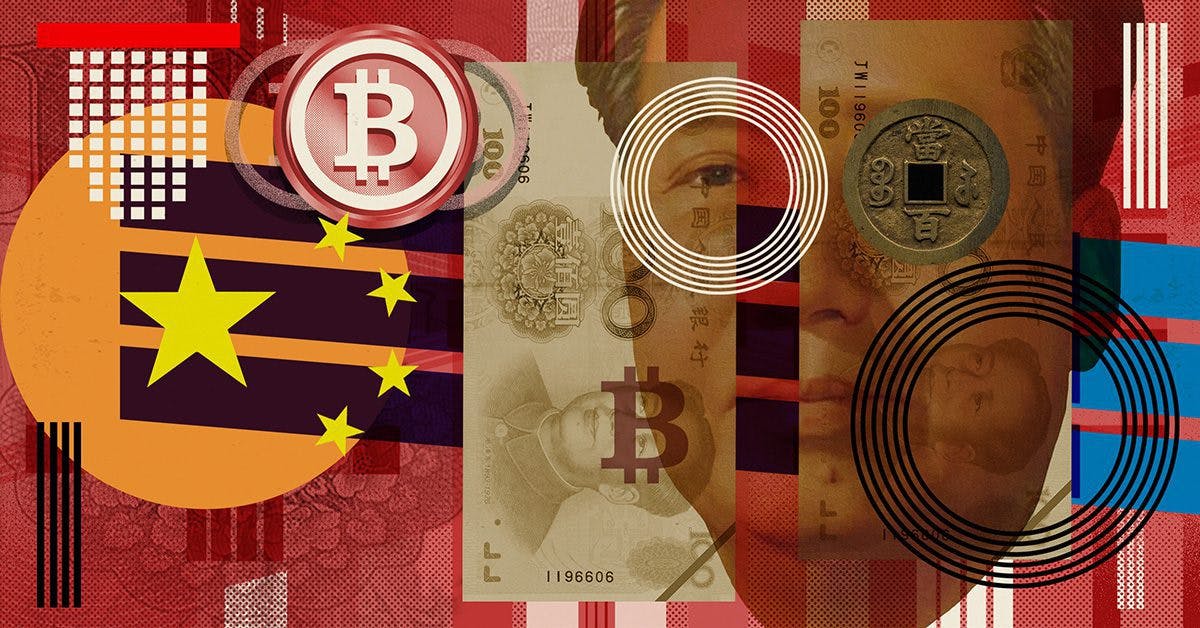China Isn’t Replacing WeChat Pay and AliPay Payment Rails Yet
Fears of a People’s Bank of China crack down on WeChat Pay and AliPay to boost the eCNY — China’s central bank digital currency — may be overblown, for now.

Blockworks exclusive art by Axel Rangel
- Replacing the payment rails on WeChat Pay and AliPay isn’t happening quite yet
- Instead, the People’s Bank of China is mandating that personal codes cannot be used for business purposes in order to improve tax reporting and prevent money laundering
News that the People’s Bank of China (PBoC) was set to ban the use of WeChat Pay and AliPay for “money collection” over the weekend shocked many observers who thought that this was the next front in Beijing’s assault on big tech by replacing the mobile payment platforms’ existing payment rails with the eCNY, China’s CBDC.
But this isn’t happening quite yet. The reality of the situation on the ground is much more mundane. Instead, the PBoC is mandating that businesses only use business payment codes instead of personal ones — a common scheme for small family-run businesses.
“The government has decided to strengthen supervision due to the hidden risks of personal payment barcodes. For example, some institutions use barcode transfer services for personal receipts to handle large-scale [recurring commercial transactions],” Tony Ling, a partner at China-based Bizantine Capital, wrote in a note to Blockworks. “This not only confuses the nature of the transaction, but also leads to the distortion of transaction information, which affects risk monitoring.”
Ling also added that the use of personal payment codes was a common scheme for laundering funds from underground casinos. Underground casinos would often recruit people to rent their personal payment code to the casino in order to launder funds, in exchange for a cut of the proceeds.
Waiting for the inevitable
Part of the reason why this announcement generated such considerable interest is because of the expectation that eCNY will eventually replace the payment rails offered by WeChat Pay and AliPay.
Given the two apps popularity in China they control a significant amount of the supply of M2, or commercial bank money. This is problematic for any central banker, as they cannot exert the same amount of control on M2 as they can on cash.
As the People’s Bank of China whitepaper on eCNY explains, the “eCNY will provide the public with a new interoperable way of payment, which will further diversify payment instruments and make the payment system more efficient and safer. The Chinese authorities support coordinated development of various payment methods.”
During a panel on the topic earlier this year at CoinDesk’s Consensus conference, Yaya Fanusie, a Fellow at the Center for a New American Security, and former CIA counter terror financing analyst, pointed out that China’s push for a CBDC via the eCNY is about gathering as much data as possible — to combat things like tax evasion and illegal gambling amongst other things.
“This is really about data. The key thing here is that the central bank is, I think, inserting itself more into the payment architecture,” he said during the panel. “You’re creating architecture that gives the government a little bit more insight into transactions.”
Get the day’s top crypto news and insights delivered to your inbox every evening. Subscribe to Blockworks’ free newsletter now.






